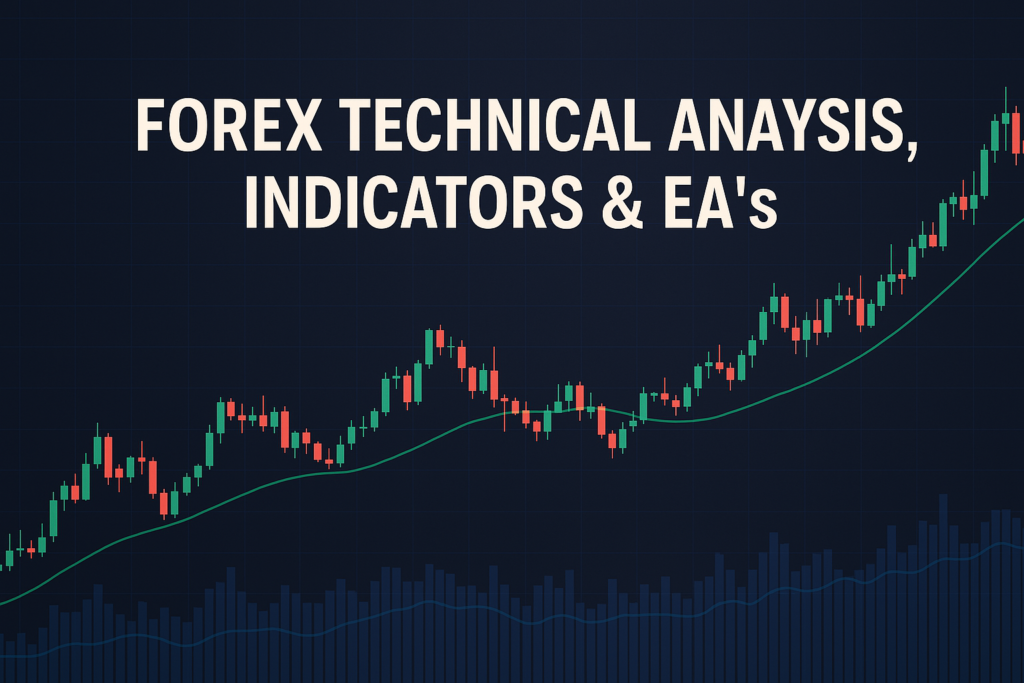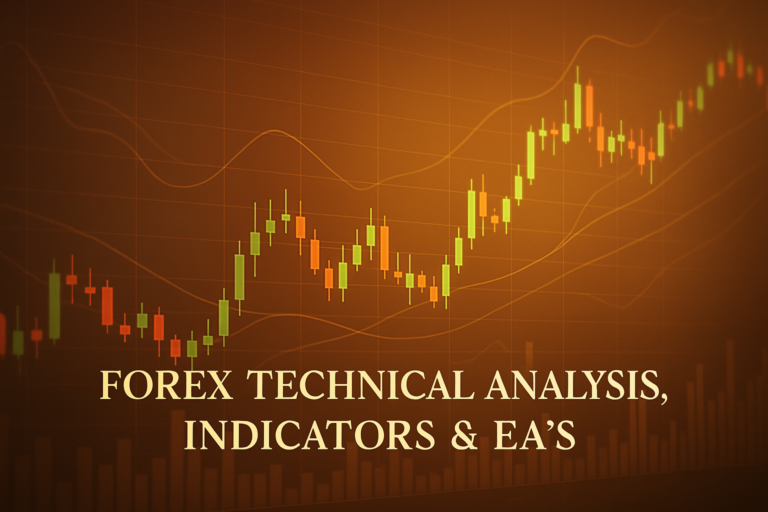
Leading moving average is an essential Forex trading tool that helps traders identify trends and make informed decisions.
The leading moving average is a powerful tool in Forex trading. It helps traders identify trends and make informed decisions. By smoothing out price data, it reveals the underlying direction of the market. This makes it a favorite among both new and seasoned traders.
However, many traders struggle with the leading moving average. Beginners often find it overwhelming, while professionals may hesitate to trust its signals. Understanding how to apply this strategy is crucial for successful trading. With the right knowledge, traders can use it to their advantage.
This article will cover the basics of leading moving averages, their history, advantages, disadvantages, and various trading strategies.
In the world of Forex, staying updated on market movements is essential. For instance, the Forex Fundamental News Analysis August 11, 2025 provided insights into the market that traders needed to consider.
What is a leading moving average?
A leading moving average is a type of indicator used in Forex trading. It helps smooth out price data over a specific period. Think of it as a line that follows the price action but adjusts based on historical data. This makes it easier to see trends without being influenced by random price movements. Instead of looking at each individual price change, traders can focus on the bigger picture.
Types of leading moving average
There are several types of leading moving averages:
- Simple Moving Average (SMA): This is the most basic type. It calculates the average price over a set number of periods.
- Exponential Moving Average (EMA): This type gives more weight to recent prices, making it more responsive to new information.
- Weighted Moving Average (WMA): Similar to EMA, WMA assigns different weights to each price, emphasizing more recent data.
How leading moving average smooths out price action
The leading moving average smooths out price action by averaging past prices. This reduces market noise and highlights trends. For example, if the price has been fluctuating wildly, the moving average will provide a clearer picture of the direction. Traders can use this information to make decisions on when to enter or exit trades.
Common periods used and why
Traders often use common periods like 10, 20, or 50 days for their moving averages. Shorter periods capture quick price movements, while longer periods show broader trends. For example, a 10-day moving average reacts quickly to changes, but a 50-day moving average gives a more stable view. Understanding which period to use can drastically affect trading outcomes.
The History of leading moving average: How It Became Popular
Origin of leading moving average
The leading moving average has roots that trace back to early market analysis techniques. It was developed by traders looking for ways to simplify price data interpretation. The idea was to create a tool that could help in trend spotting, which is essential in trading.
When did traders start using it widely?
As Forex trading became more accessible in the late 20th century, the leading moving average gained traction. Traders began to realize its potential for simplifying decision-making. With the rise of technical analysis, it became a staple in many traders’ toolkits.
Real-life stories
Many professional traders have made fortunes using leading moving averages. For instance, a trader who focused on the 50-day moving average saw significant profits during a trending market. By buying when the price crossed above the average, they capitalized on upward trends and avoided losses during downturns.
Advantages and Disadvantages of leading moving average
Advantages:
There are several advantages to using leading moving averages in Forex trading:
- Helps identify trends easily: The leading moving average simplifies trend detection, making it easier for traders to make decisions.
- Useful for dynamic support and resistance: It can serve as a level where prices bounce or reverse.
- Works well for crossover strategies: Traders can use moving average crossovers to signal buying or selling opportunities.
Disadvantages:
Despite its benefits, the leading moving average also comes with disadvantages:
- lags behind price movements: Since it relies on past data, it may miss early signals of price changes.
- Can give false signals in sideways markets: In ranging markets, it might lead traders to take unnecessary trades.
How to Apply leading moving average on MT4 & MT5
Step-by-step guide to adding leading moving average on charts
To add a leading moving average on MT4 or MT5, follow these steps:
- Open your trading platform.
- Select the chart where you want to add the moving average.
- Go to the “Insert” menu, then “Indicators”, and select “Trend” followed by “Moving Average”.
Customizing leading moving average settings
You can customize your leading moving average settings like periods, colors, and types to suit your trading style. For instance, you might choose a 50-period EMA in blue for better visibility.
Saving templates for easy application
After customizing your moving average, save the template for future use. This way, you can quickly apply it to other charts without repeating the settings.
5 to 7 Trading Strategies Using Only leading moving average
All-Time Frame Strategy (M5 to D1)
This strategy works on all time frames. Traders look for price action crossing above or below the leading moving average. For instance, if the price crosses above the 50-day SMA, it may signal a buy opportunity.
Trending Strategies
In trending markets, use the leading moving average to identify the direction. If the price is consistently above the moving average, consider buying. Conversely, if it’s below, look for selling opportunities.
Counter Trade Strategies
In this strategy, traders look for reversals. If the price approaches the moving average but shows signs of reversing, it might be time to sell. Watch for candlestick patterns that indicate a change.
Swing Trades Strategies
Utilize the leading moving average to find swing trade opportunities. Buy when the price crosses above the moving average and sell when it crosses below. This can capture medium-term price movements.
5 to 7 Trading Strategies Combining leading moving average with Other Indicators
All-Time Frame Strategy (M5 to D1)
Combine the leading moving average with RSI for better accuracy. For example, buy when the price is above the EMA and the RSI is above 50.
Trending Strategies
Use the leading moving average alongside MACD. Buy when the price crosses above the moving average and the MACD line is above the signal line.
Counter Trade Strategies
A combination of the leading moving average and Bollinger Bands can be effective. Sell when the price touches the upper band while below the moving average.
Swing Trades Strategies
Combine the leading moving average with Stochastic Oscillator. Buy when the price is above the moving average and the Stochastic is below 20, indicating oversold conditions.
Understanding Slippage_1 is also critical, as it can affect trade execution and outcomes.
Top 10 FAQs About leading moving average
1. What is a leading moving average?
A leading moving average is a trend indicator that helps traders identify market direction by averaging past prices.
2. How do I calculate a leading moving average?
It is calculated by summing the closing prices over a specific period and dividing by the number of periods.
3. What is the best period for a leading moving average?
It depends on your trading style. Shorter periods are better for day trading, while longer periods are suited for swing trading.
4. Can I use leading moving averages in sideways markets?
While they can be used, they may provide false signals in sideways markets. Be cautious when trading during such periods.
5. How do I set up a leading moving average in MT4?
Go to “Insert”, then “Indicators”, choose “Trend”, and select “Moving Average” to add it to your chart.
6. Are leading moving averages suitable for all trading styles?
Yes, but their effectiveness can vary based on market conditions. They work best in trending markets.
7. What is the difference between SMA and EMA?
SMA gives equal weight to all prices, while EMA gives more weight to recent prices, making it more responsive.
8. How can I improve my trading using leading moving averages?
Combine them with other indicators and practice using them in different market conditions to find what works best.
9. Can I rely solely on leading moving averages for trading decisions?
It’s best to use them alongside other tools for confirmation and to avoid false signals.
10. What is the main benefit of using leading moving averages?
They simplify decision-making by helping traders identify trends and potential reversal points.
Conclusion
In summary, the leading moving average is a valuable tool for both beginners and professional traders. Understanding its advantages and disadvantages is key to effective trading. By applying the strategies discussed, traders can navigate the Forex market with more confidence.
Always remember to test strategies in a demo account before risking real money. This practice will help you understand how the leading moving average works in different market conditions and improve your trading skills.
Want to build a solid foundation in forex? Here’s a recommended read Action Forex, CMC Markets
Expand Your Knowledge
- 📌 Forex Trading Learning Road Map
- 📌 Forex Trading Course with no Fees
- 📌 Forex Trading Issues, Problems, and Solutions
- 📌 Forex Daily Forecast & Live Updates
- 📌 Forex Fundamental & News Analysis: Tomorrow’s Market Movers & Trade Opportunities
- 📌 Forex Education Hub: Learn & Profit
- 📌 Forex Technical Analysis, Indicators & EA’s
Start Trading Today
Ready to take your forex trading to the next level? Open an account with Exness, one of the most trusted platforms in the industry. 👉 Sign Up Now and trade with confidence!
My recommended broker stands out with ultra-low spreads for beginners, instant withdrawals, and zero spread accounts for pro traders.
Trusted since 2008, lightning-fast execution, no hidden fees, and a secure, transparent trading environment—giving you the edge you need to succeed. 🚀
YouTube Video Library: Related Videos
Note: The video above is embedded from YouTube and is the property of its original creator. We do not own or take responsibility for the content or opinions expressed in the video.


